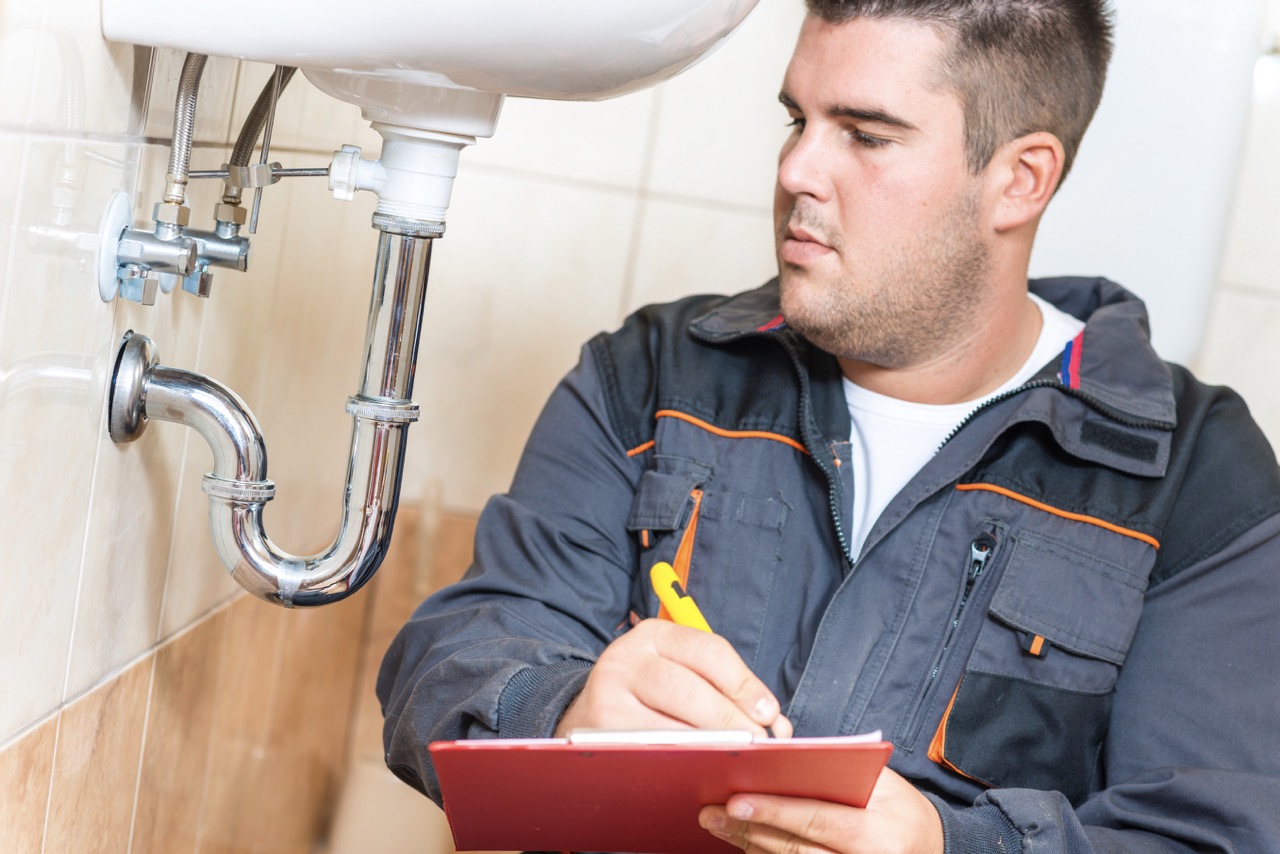

Articles
How Do Home Inspectors Check Plumbing
Modified: August 27, 2024
Discover how home inspectors check plumbing in this comprehensive article. Learn about common issues, inspection methods, and maintenance tips.
(Many of the links in this article redirect to a specific reviewed product. Your purchase of these products through affiliate links helps to generate commission for Storables.com, at no extra cost. Learn more)
Introduction
Welcome to the world of home inspections! When it comes to buying or selling a house, a thorough inspection is essential to ensure that the property is in good condition. One of the crucial aspects of a home inspection is checking the plumbing system. Plumbing issues can lead to water damage, mold growth, and costly repairs, making it vital to have a professional home inspector assess the plumbing thoroughly.
In this article, we will delve into the intricacies of plumbing inspections and shed light on how home inspectors inspect the plumbing system. From the exterior assessment to evaluating fixtures and appliances, we will cover everything you need to know about ensuring the plumbing in a house is functioning optimally.
Let’s get started!
Key Takeaways:
- Thorough plumbing inspections are essential for both buyers and sellers, providing valuable insights into a property’s condition and potential repair costs. Identifying issues early on can lead to informed decisions and increased marketability.
- Home inspectors play a crucial role in ensuring the safety, efficiency, and proper maintenance of a property’s plumbing system. Their expertise in assessing plumbing aspects and offering improvement recommendations is invaluable for homeowners and potential buyers.
Read more: How To Check Plumbing In A House
Importance of Home Inspections
Before committing to one of the largest investments of your life, it is essential to have a clear understanding of the condition of the property you are purchasing. This is where home inspections play a vital role. Home inspections are comprehensive examinations of the various systems and components of a house, including the plumbing system.
A proper home inspection provides valuable insights into the condition of the property, allowing potential buyers to make informed decisions. When it comes to plumbing, a thorough inspection can uncover hidden issues that may not be immediately visible. Identifying these issues early on can help avoid costly repairs and potential health hazards.
During a home inspection, the plumbing system is assessed for functionality, performance, and possible damage. This involves examining the pipes, fixtures, drains, water heaters, and any other components related to the plumbing system. The goal is to identify leaks, clogs, corrosion, and other problems that could affect the overall functionality and safety of the plumbing system.
Furthermore, obtaining a detailed plumbing inspection report can be a bargaining tool during the negotiation process. If issues are identified, buyers can request repairs or negotiate a lower purchase price to account for the necessary repairs.
For sellers, a pre-sale home inspection can be beneficial as well. By addressing any plumbing issues beforehand, sellers can enhance the marketability of the property and avoid last-minute negotiations or deal cancellations due to major plumbing issues.
Overall, home inspections provide peace of mind for buyers and sellers alike. They allow buyers to make informed decisions and sellers to present their property in the best possible condition. With regards to plumbing, a thorough inspection ensures that the plumbing system is functioning optimally and helps avoid potential issues down the road.
Overview of Plumbing System
The plumbing system in a house consists of a network of pipes, fixtures, valves, and appliances that work together to provide clean water and remove wastewater. Understanding the basics of the plumbing system is crucial for both homeowners and home inspectors.
The main components of a plumbing system include:
- Supply Pipes: These pipes carry clean, fresh water from the main water supply to different areas of the house, such as sinks, showers, toilets, and appliances like washing machines and dishwashers. Common materials used for supply pipes include copper, PVC, and PEX.
- Drainage Pipes: Once water is used, it needs to be safely carried away. Drainage pipes, also known as waste pipes, transport wastewater from sinks, showers, toilets, and appliances to the main sewer line or septic system.
- Fixtures: These are the points of water use in a house, such as faucets, sinks, toilets, showers, and bathtubs. Fixtures are connected to the supply and drainage pipes and are equipped with valves to control the flow of water.
- Valves: Valves are devices used to control the flow of water. They are typically found near fixtures, appliances, and main shut-off points. Valves allow homeowners to shut off water to specific areas of the house in case of repairs or emergencies.
- Water Heater: The water heater is responsible for heating the water supply. It can be powered by gas, electricity, or other heating sources. The water heater stores and distributes hot water throughout the house.
Understanding the layout and functionality of these components is essential for a thorough plumbing inspection. Inspectors need to verify proper installation, assess the condition of the pipes, check for leaks or signs of damage, evaluate fixtures for functionality, and ensure that the overall plumbing system meets industry standards and local building codes.
Now that we have a basic understanding of the plumbing system, let’s dive into the inspection process and explore how home inspectors evaluate the plumbing system in a house.
Exterior Inspection
When conducting a plumbing inspection, home inspectors start by assessing the exterior components of the plumbing system. This includes examining the visible pipes, fixtures, and other elements outside the house. Here are some key areas that inspectors focus on during the exterior inspection:
- Exterior Faucets: Inspectors check the functionality of the exterior faucets and look for any signs of leaks or damage.
- Sprinkler Systems: If the property has a sprinkler system, it is important to inspect the pipes, valves, and sprinkler heads for any leaks or issues.
- Sewer Line: The inspector will locate the sewer line cleanout and assess its condition. This is important to identify any potential blockages or concerns within the main sewer line.
- Septic System: If the property is on a septic system, inspectors will examine the septic tank, distribution box, and drainfield to ensure they are functioning properly and free from any damage or signs of failure.
- Outdoor Drains: Outdoor drain systems, such as those found in driveways or patios, need to be inspected for clogs or damage that may impede proper drainage.
- Meter Box: The inspector will check the water meter box and main shut-off valve to ensure they are in good condition and easily accessible.
During the exterior inspection, the home inspector will also look for any visible signs of water damage, such as stains, mold growth, or pooling water. These signs can indicate plumbing issues that may require further investigation.
It’s important to note that while the exterior inspection provides valuable information, not all components of the plumbing system are visible from outside the house. This is why an interior inspection is equally crucial to ensure a thorough evaluation of the plumbing system.
Interior Inspection
Once the exterior inspection is complete, home inspectors move indoors to assess the plumbing system’s interior components. This part of the inspection involves examining the pipes, fixtures, and other elements that are located inside the house. Here are the key areas that inspectors focus on during the interior inspection:
- Water Supply Lines: Inspectors check the water supply lines that connect to each fixture in the house. They look for leaks, corrosion, and signs of damage.
- Drainage Pipes: The inspector assesses the drainage pipes, ensuring that they are properly connected, free from clogs, and in good condition.
- Fixture Functionality: Each fixture, such as sinks, toilets, showers, and bathtubs, is checked for proper operation. Inspectors test for water flow, drainage efficiency, and any signs of leaks or malfunctions.
- Shut-Off Valves: Inspectors locate the shut-off valves for each fixture and test their functionality. They ensure that the valves operate smoothly and can effectively control the water flow.
- Leaks and Water Stains: Inspectors carefully look for any signs of water leaks, such as water stains, moisture, or mildew. These signs often indicate hidden plumbing issues that need to be addressed.
- Water Pressure: Inspectors measure the water pressure at various faucets and fixtures to ensure it is within the acceptable range. Low water pressure could be a sign of plumbing problems.
During the interior inspection, the home inspector will also inspect any exposed pipes in basements, crawlspaces, or utility rooms. They will check for signs of corrosion, leaks, or damage that may need repair or replacement.
It is important to note that some plumbing components, such as pipes hidden within walls or under flooring, are not completely accessible during a standard home inspection. In some cases, additional inspections, such as a sewer scope or camera inspection, may be recommended to evaluate these hidden plumbing areas more thoroughly.
By conducting a thorough interior inspection, home inspectors can identify any plumbing issues that may affect the overall functionality and safety of the plumbing system.
Read more: How To Check For Leaks In Plumbing
Checking for Leaks and Water Pressure
One of the primary objectives of a plumbing inspection is to identify any leaks within the system. Leaks can lead to water damage, mold growth, and increased water bills. Home inspectors employ various techniques to detect leaks and ensure that the plumbing system is watertight.
During the inspection, inspectors will carefully examine all visible pipes, fixtures, and appliances for signs of leakage. They will look for water stains, mold, musty odors, and any visible drops or drips. Faucets, showers, toilets, and other fixtures will undergo thorough testing to ensure they do not leak when in use or on standby.
In addition to visual inspection, inspectors may use specialized tools such as moisture meters or thermal imaging cameras to detect hidden leaks. These tools can identify moisture build-up within walls, floors, or ceilings, which often indicates the presence of an undetected leak.
Another essential aspect of a plumbing inspection is assessing the water pressure throughout the house. Adequate water pressure ensures that fixtures and appliances function properly. Inspectors will check the water pressure at various faucets and fixtures to ensure it falls within the acceptable range. Low water pressure may indicate issues with the pipes, valves, or pressure regulators that need to be addressed.
If the inspector identifies any leaks or water pressure issues, they will note them in the inspection report and recommend appropriate actions. This could include repairing or replacing damaged pipes or fixtures, addressing faulty seals, or adjusting pressure regulators.
By thoroughly checking for leaks and evaluating water pressure, home inspectors can identify potential plumbing issues and provide valuable insights for homeowners or prospective buyers.
When hiring a home inspector to check plumbing, make sure they inspect the water supply, drainage system, water heater, and look for any signs of leaks or corrosion.
Inspecting Drainage Systems
As part of a comprehensive plumbing inspection, home inspectors thoroughly evaluate the drainage systems in a house. A properly functioning drainage system is crucial for the safe and efficient removal of wastewater from various fixtures. Here are the key aspects inspectors focus on while inspecting drainage systems:
1. Drainage Pipes: Inspectors examine the drainage pipes to ensure they are properly connected and free from clogs or damage. They look for signs of corrosion, leaks, or sagging pipes that may hinder the flow of wastewater.
2. Venting System: A functioning venting system is essential for proper drainage. Inspectors check the vent pipes and make sure they are correctly installed and free from obstructions. Venting pipes allow air to enter the drainage system, preventing airlocks and helping wastewater flow smoothly.
3. P-Traps: P-Traps are U-shaped pipes located beneath sinks, toilets, and other fixtures. They trap a small amount of water, creating a seal that prevents sewer gases from entering the house. Inspectors ensure that all P-Traps are present, properly installed, and in good condition.
4. Floor Drains: If the property has floor drains, inspectors check them for proper functioning. They ensure the drains are clear and free from debris or obstructions, allowing water to drain effectively.
5. Sump Pump: In properties with basements or crawl spaces, inspectors assess the functionality of the sump pump. The sump pump helps remove excess water from the area and prevent flooding. Inspectors examine the sump pump and its discharge pipe to ensure proper operation.
6. Backflow Prevention: Inspectors look for backflow prevention devices, such as check valves, to ensure that contaminated water does not flow back into the potable water supply. These devices are vital for preventing cross-contamination.
Inspectors may also test the drainage system by running water through various fixtures simultaneously. This helps identify any drainage issues, such as slow draining or backups, that may require further investigation or repairs.
If any issues are identified during the inspection, such as clogs, leaks, or malfunctioning components, inspectors will note them in the inspection report and recommend appropriate actions to resolve the problems.
By thoroughly inspecting the drainage system, home inspectors ensure that wastewater is effectively and safely removed from the house, minimizing the risk of water damage and ensuring the overall functionality of the plumbing system.
Evaluating Fixtures and Appliances
As part of a comprehensive plumbing inspection, home inspectors thoroughly evaluate the fixtures and appliances connected to the plumbing system. These fixtures and appliances play a crucial role in the overall functionality and convenience of a house. Here are the key aspects inspectors focus on while evaluating fixtures and appliances:
Sinks and Faucets: Inspectors check the sinks and faucets for functionality and signs of leaks. They ensure that the faucets turn on and off smoothly, and hot and cold water run properly. Leaks or dripping faucets are noted, as they can waste water and contribute to higher utility bills.
Toilets: Inspectors thoroughly inspect toilets for proper flushing, filling, and operation of the internal components (flapper, fill valve, etc.). They check for leaks around the base of the toilet and examine the condition of the wax ring, which seals the toilet to the floor.
Showerheads and Bathtubs: Inspectors assess the functionality of the showerheads and bathtubs. They check for adequate water flow, proper drainage, and any signs of leaks or damage. They may also test the functionality of any bathtub jets or other specialized features.
Dishwashers and Washing Machines: Inspectors examine the connections of dishwashers and washing machines to ensure they are properly hooked up to the plumbing system. They check for leaks or signs of damage in the supply and drainage lines and ensure that the appliances operate correctly.
Water Heaters: The water heater is a vital component of the plumbing system. Inspectors evaluate the condition of the water heater, checking for signs of corrosion, leaks, or faulty operation. They may also assess the temperature and pressure relief valves to ensure safety compliance.
Garbage Disposals: If the property has a garbage disposal unit, inspectors examine it for proper installation and functioning. They check for leaks, listen for unusual sounds, and verify that it operates without jamming or clogging.
During the evaluation of fixtures and appliances, inspectors pay close attention to any signs of damage, leaks, or improper installation. They may test the fixtures and appliances, run water through them, and observe their performance. If any issues are found, they will be documented in the inspection report along with recommendations for repairs or further evaluation by specialized professionals.
By thoroughly evaluating fixtures and appliances, home inspectors ensure that these components are in proper working condition and contribute to the overall efficiency and functionality of the plumbing system.
Assessing Pipe Materials and Corrosion
As part of a comprehensive plumbing inspection, home inspectors assess the pipe materials used in the plumbing system and check for any signs of corrosion. Understanding the pipe materials and identifying corrosion issues is crucial for ensuring the integrity and longevity of the plumbing system. Here are the key aspects inspectors focus on when assessing pipe materials and corrosion:
Identifying Pipe Materials: Inspectors first determine the types of pipes used in the plumbing system. Common pipe materials include:
- Copper: Copper pipes are commonly used for water supply lines. They are durable, resistant to corrosion, and have a long lifespan.
- Galvanized Steel: Galvanized steel pipes were commonly used in older homes. However, they are prone to corrosion and may need replacement if signs of corrosion are present.
- PVC: PVC (polyvinyl chloride) pipes are commonly used for drain and waste lines. They are lightweight, resistant to corrosion, and easy to install.
- PEX: PEX (cross-linked polyethylene) pipes are flexible and commonly used for water supply lines. They are resistant to corrosion and offer good durability.
Inspecting for Corrosion: Corrosion can weaken pipes, leading to leaks, restricted water flow, and potential plumbing failures. Inspectors carefully examine the visible pipes for any signs of corrosion. This includes looking for discoloration, pitting, flaking, or rust on the surface of the pipes.
Checking Pipe Connections: Inspectors pay close attention to the fittings and connections between pipes. They ensure that the connections are secure, without any signs of leakage or damage.
Assessing Pipe Age and Condition: Inspectors take into account the age of the property when evaluating the plumbing system. Older homes may have pipes that are nearing the end of their lifespan and may require replacement or repairs. They also look for signs of deterioration or wear and tear on the pipes.
If the inspector identifies any issues with pipe materials or corrosion, they will note them in the inspection report. Recommendations for further evaluation or necessary repairs will also be provided. Depending on the severity of the corrosion or the overall condition of the pipes, a plumber may be required to assess and address the problem.
By thoroughly assessing the pipe materials and checking for any signs of corrosion, home inspectors ensure the longevity and reliability of the plumbing system. Early detection of corrosion can help prevent costly repairs and potential plumbing emergencies.
Read more: How Much Does A Plumbing Inspector Make
Testing Water Heater
As part of a comprehensive plumbing inspection, home inspectors test the water heater to ensure it is functioning properly and meeting safety standards. The water heater plays a crucial role in providing hot water for various daily activities, such as bathing, cooking, and cleaning. Here are the key aspects inspectors focus on when testing the water heater:
Operation and Performance: Inspectors assess the overall operation of the water heater, ensuring that it turns on and off correctly. They check the temperature settings and verify that hot water is being produced as expected. Inspectors also evaluate the heater’s recovery rate, which indicates how quickly it can heat a new supply of water.
Leaks and Signs of Damage: Inspectors examine the water heater for any signs of leaks, corrosion, or damage. They check for water pooling around the base of the unit and inspect the pressure relief valve and other essential components. Any signs of leakage or damage are carefully documented.
Safety Features: Inspectors verify that the water heater has necessary safety features in place. This includes checking for a properly functioning pressure relief valve and ensuring that the venting system is in good condition. Safety features are critical to prevent pressure buildup and potential hazards.
Combustion and Ventilation: For gas-powered water heaters, inspectors assess the combustion process. They verify that the burner ignites properly and that the flame is blue and steady. Inspectors also check the ventilation system to ensure that fumes are properly vented to the outside, preventing the risk of carbon monoxide buildup in the living space.
Sediment Buildup: Over time, sediment can accumulate at the bottom of the water heater tank, affecting its efficiency and performance. Inspectors may recommend draining the tank to remove any sediment buildup, ensuring optimal water heater performance.
If any issues or concerns are identified during the water heater test, such as leaks, malfunctioning components, or safety hazards, they will be noted in the inspection report. Inspectors may recommend further evaluation or necessary repairs by a licensed plumber.
By thoroughly testing the water heater, home inspectors ensure that the appliance is operating safely and efficiently. This helps homeowners or potential buyers make informed decisions and ensures that hot water is readily available for everyday needs.
Conclusion
A comprehensive plumbing inspection is a crucial step in the home buying or selling process. The plumbing system plays a vital role in a house’s functionality, safety, and overall well-being. By thoroughly evaluating the plumbing system, home inspectors provide valuable insights and help ensure that potential issues are identified and addressed.
Throughout the inspection process, inspectors carefully assess various aspects of the plumbing system, including the exterior and interior components, drainage systems, fixtures, pipe materials, and the water heater. They look for signs of leaks, corrosion, damage, improper installations, and performance issues. Any identified concerns are documented in the inspection report, along with recommendations for repairs or further evaluation by specialized professionals.
A thorough plumbing inspection provides peace of mind for both buyers and sellers. For buyers, it helps them make informed decisions about the property’s condition and potential repair costs. It also informs them about any necessary plumbing repairs or improvements that may be required in the near future. For sellers, a pre-sale plumbing inspection allows them to address any identified issues beforehand, increasing the marketability of the property and avoiding last-minute negotiations or deal cancellations.
It is essential to hire a qualified and experienced home inspector with a deep understanding of plumbing systems. They should have the knowledge and expertise to assess the plumbing aspects, identify potential problems, and offer recommendations for improvement.
In conclusion, a thorough plumbing inspection provides valuable insights into the condition and functionality of a property’s plumbing system. It helps ensure the safety, efficiency, and proper maintenance of the plumbing system, ultimately contributing to the overall well-being and satisfaction of homeowners.
Frequently Asked Questions about How Do Home Inspectors Check Plumbing
Was this page helpful?
At Storables.com, we guarantee accurate and reliable information. Our content, validated by Expert Board Contributors, is crafted following stringent Editorial Policies. We're committed to providing you with well-researched, expert-backed insights for all your informational needs.
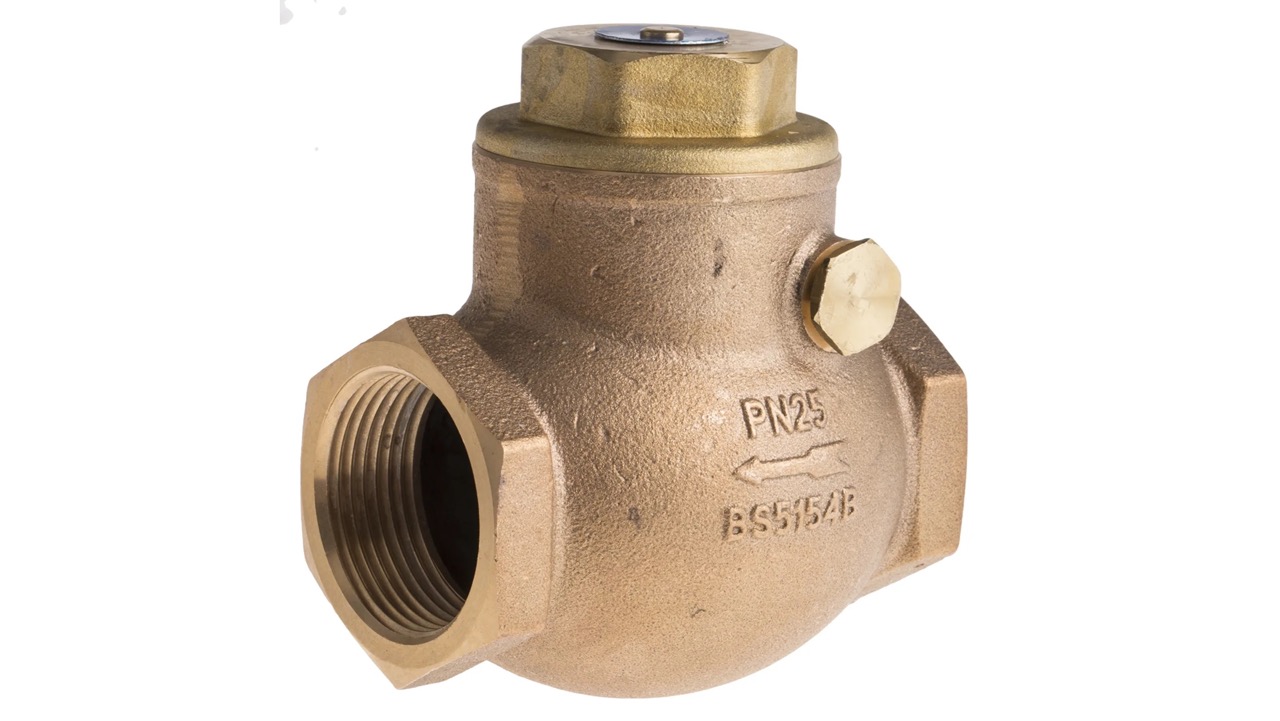
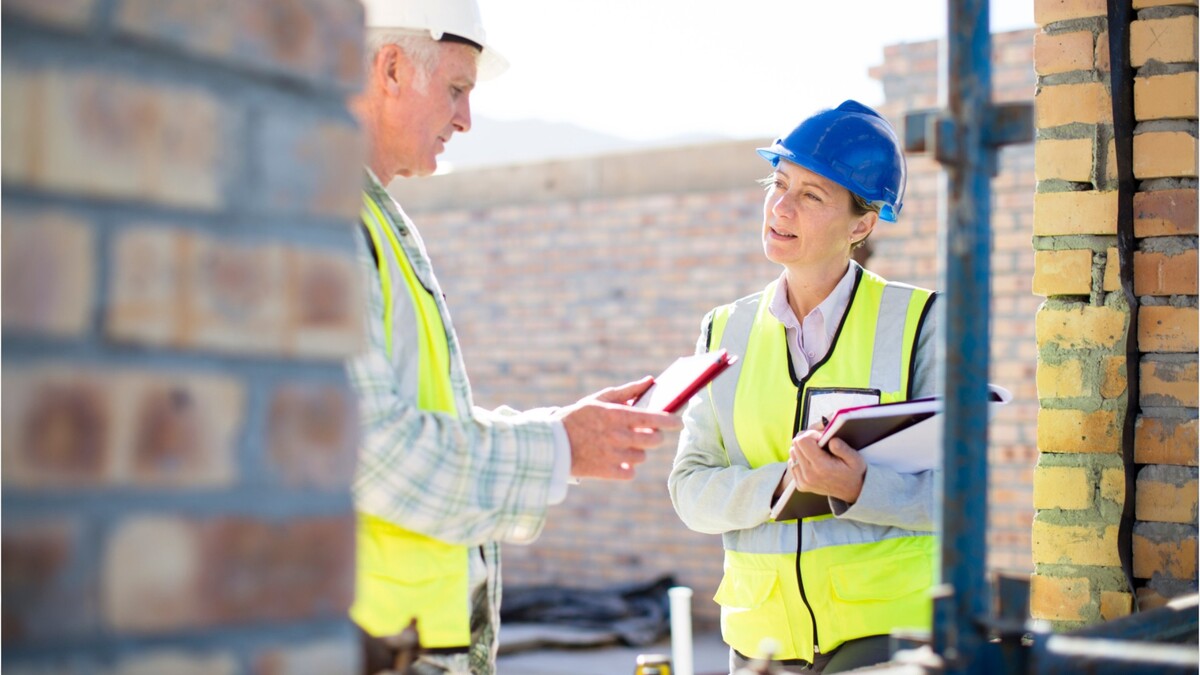
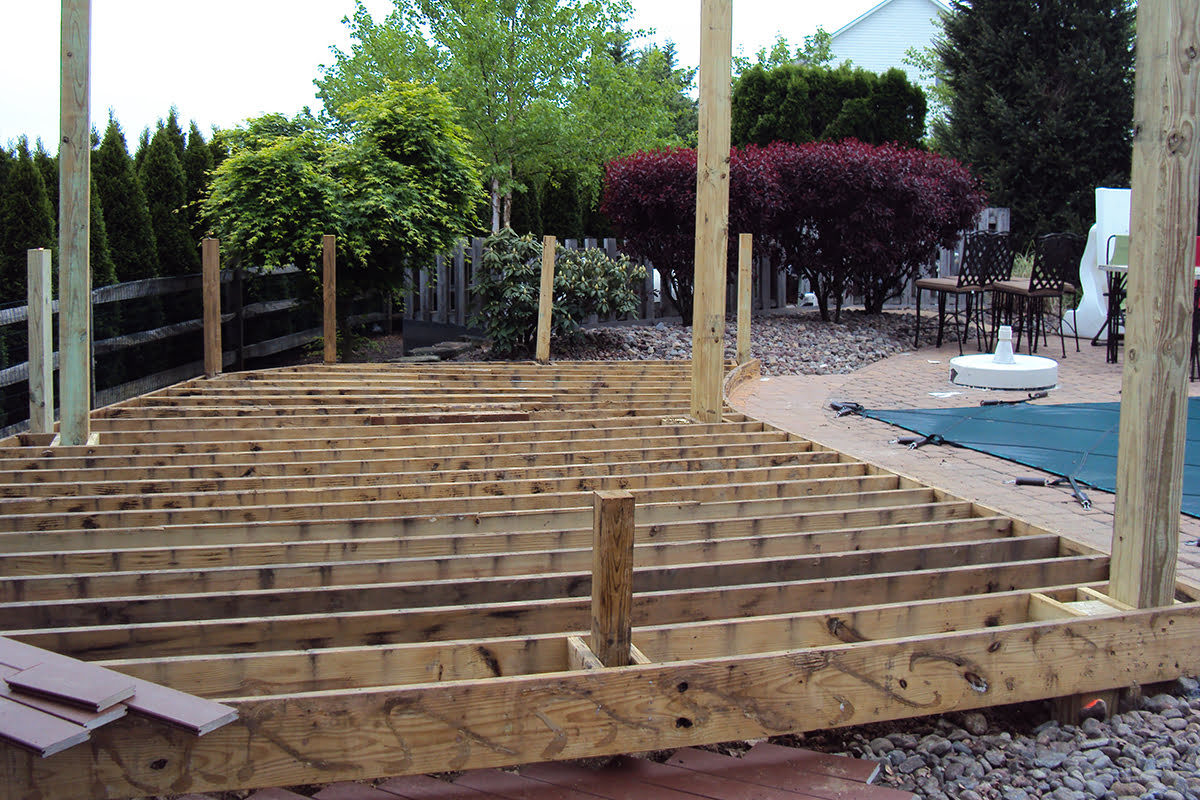
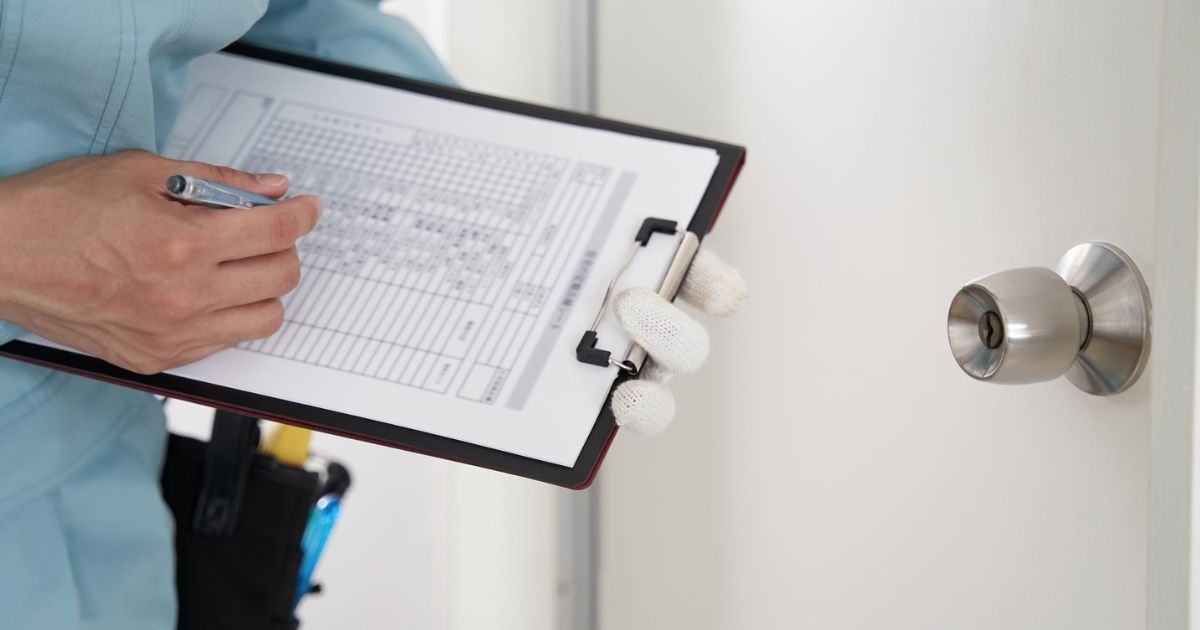

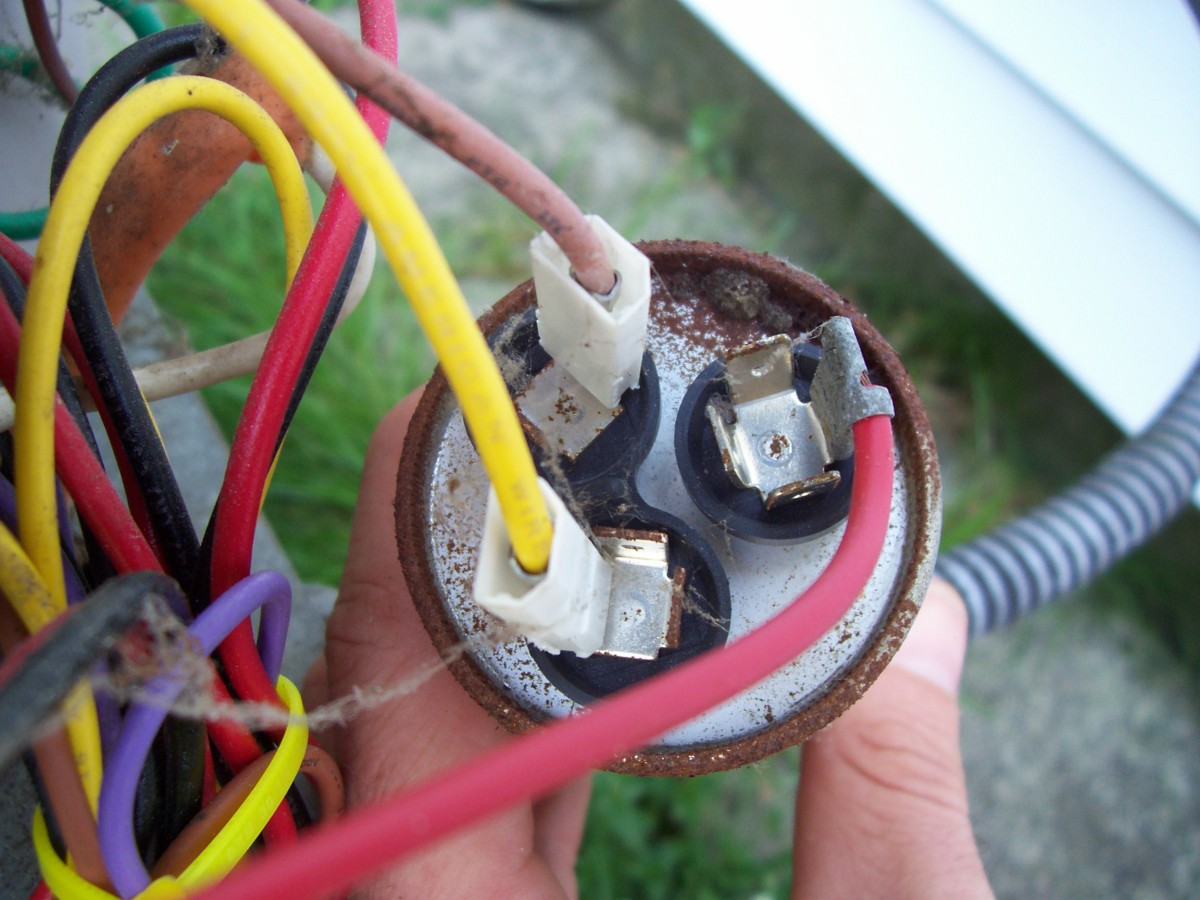
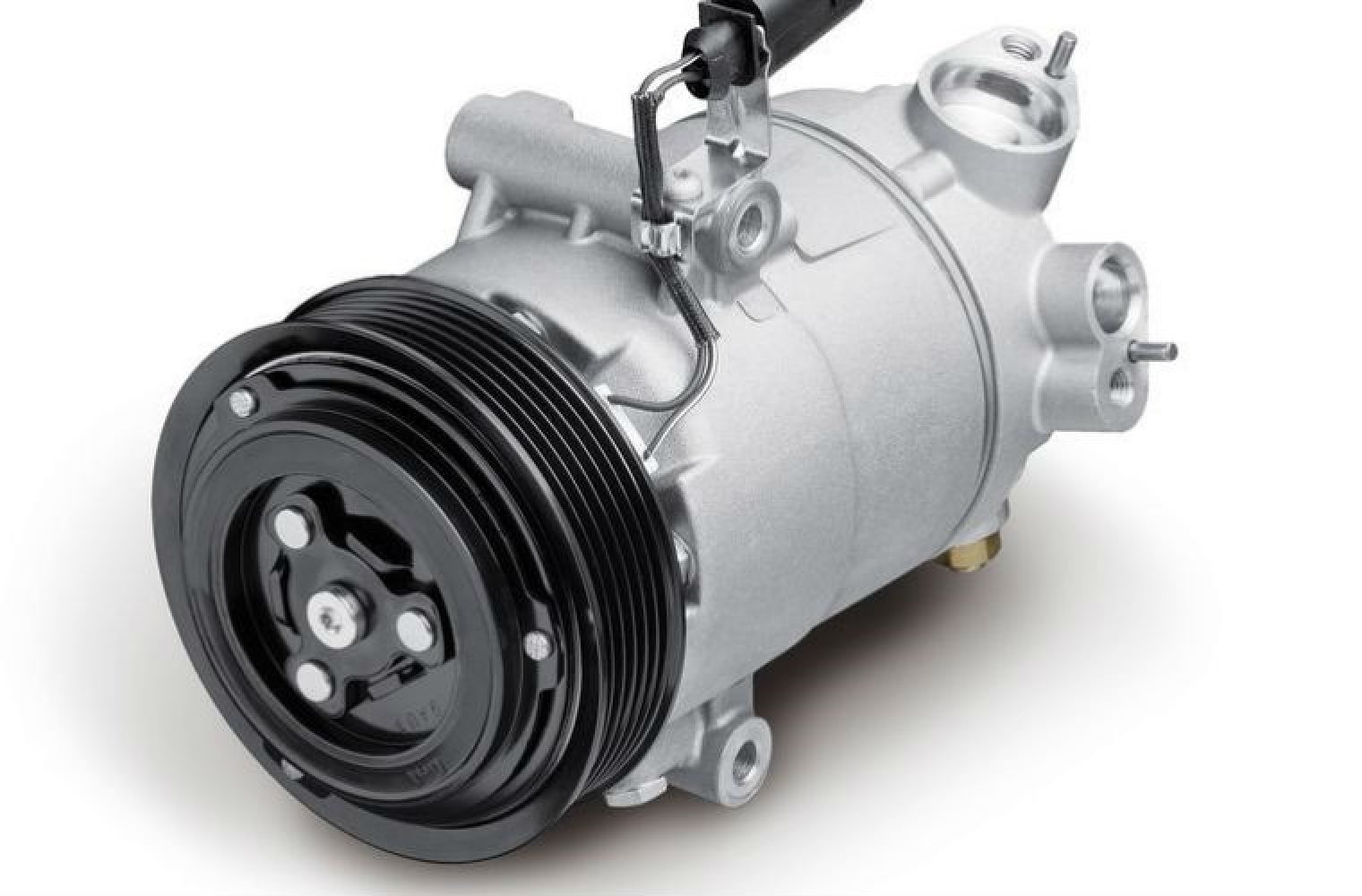
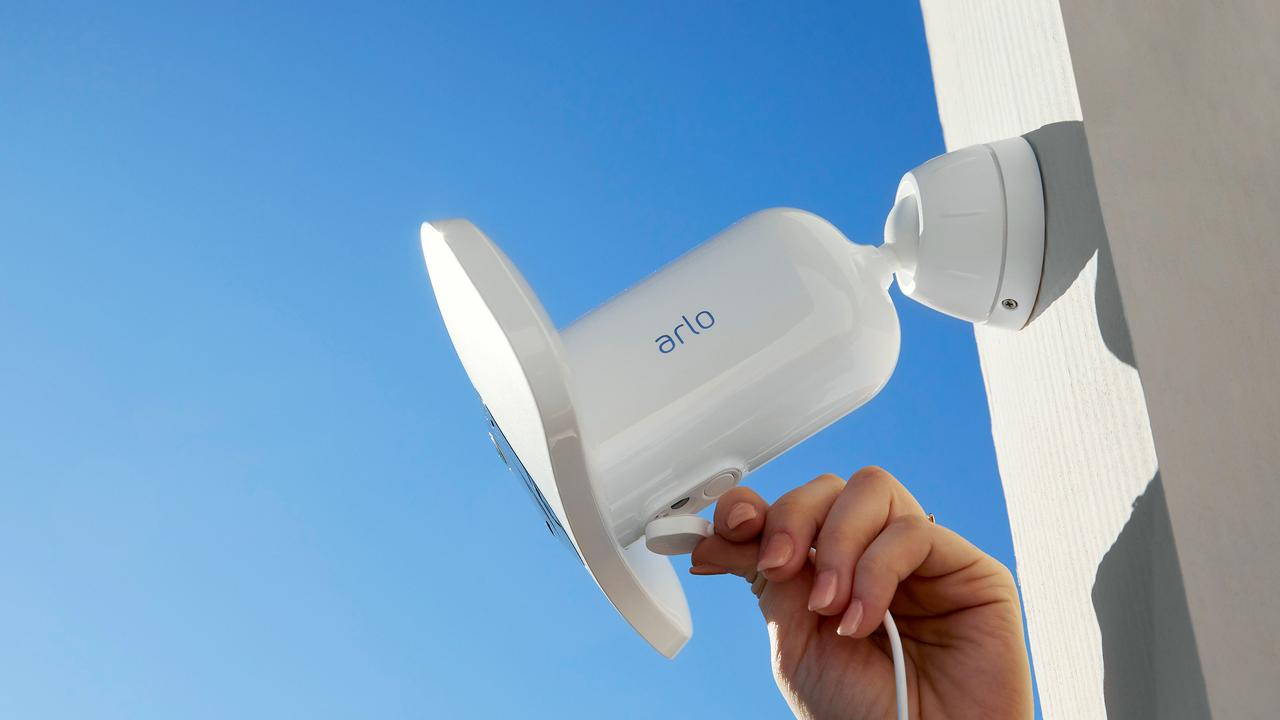
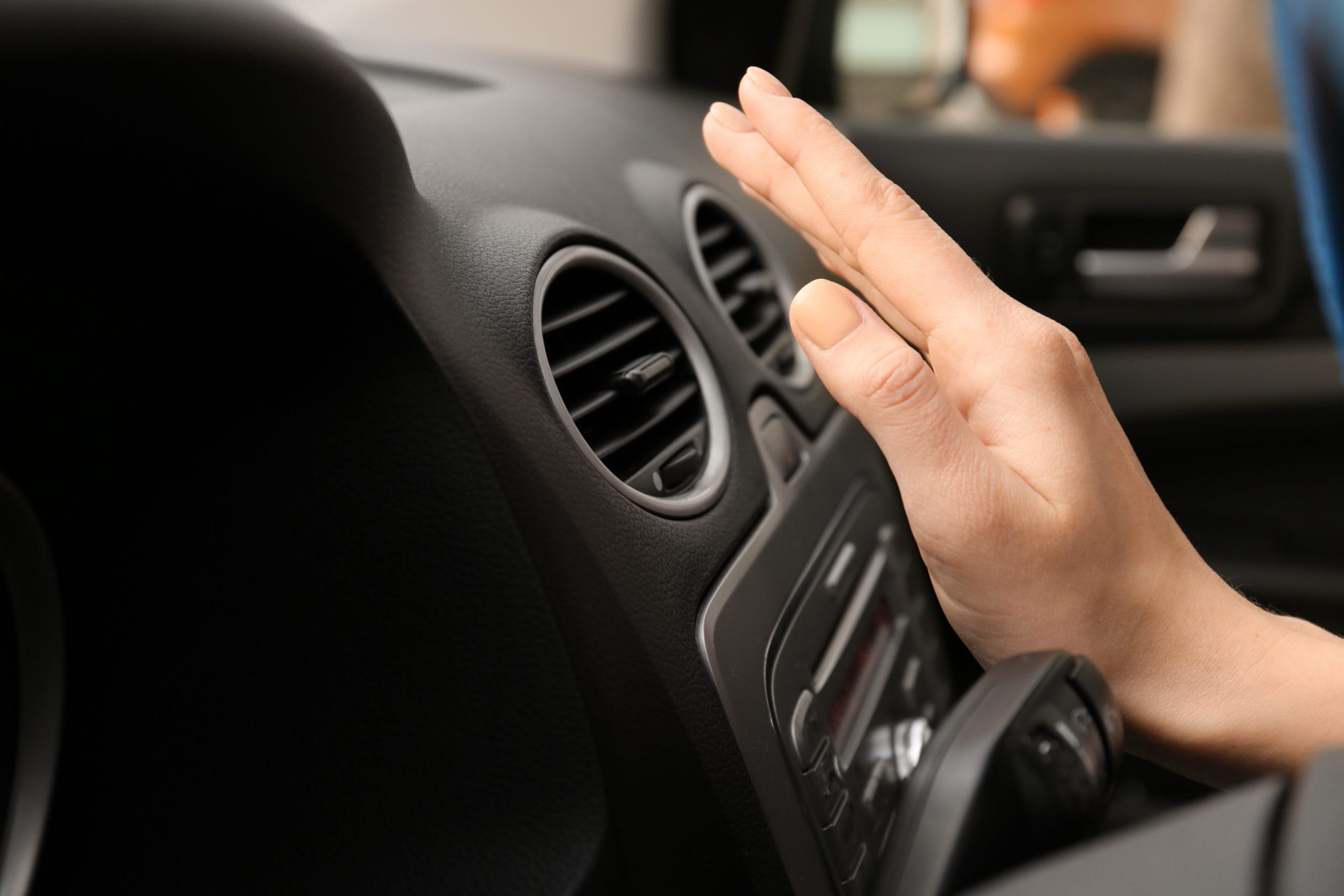
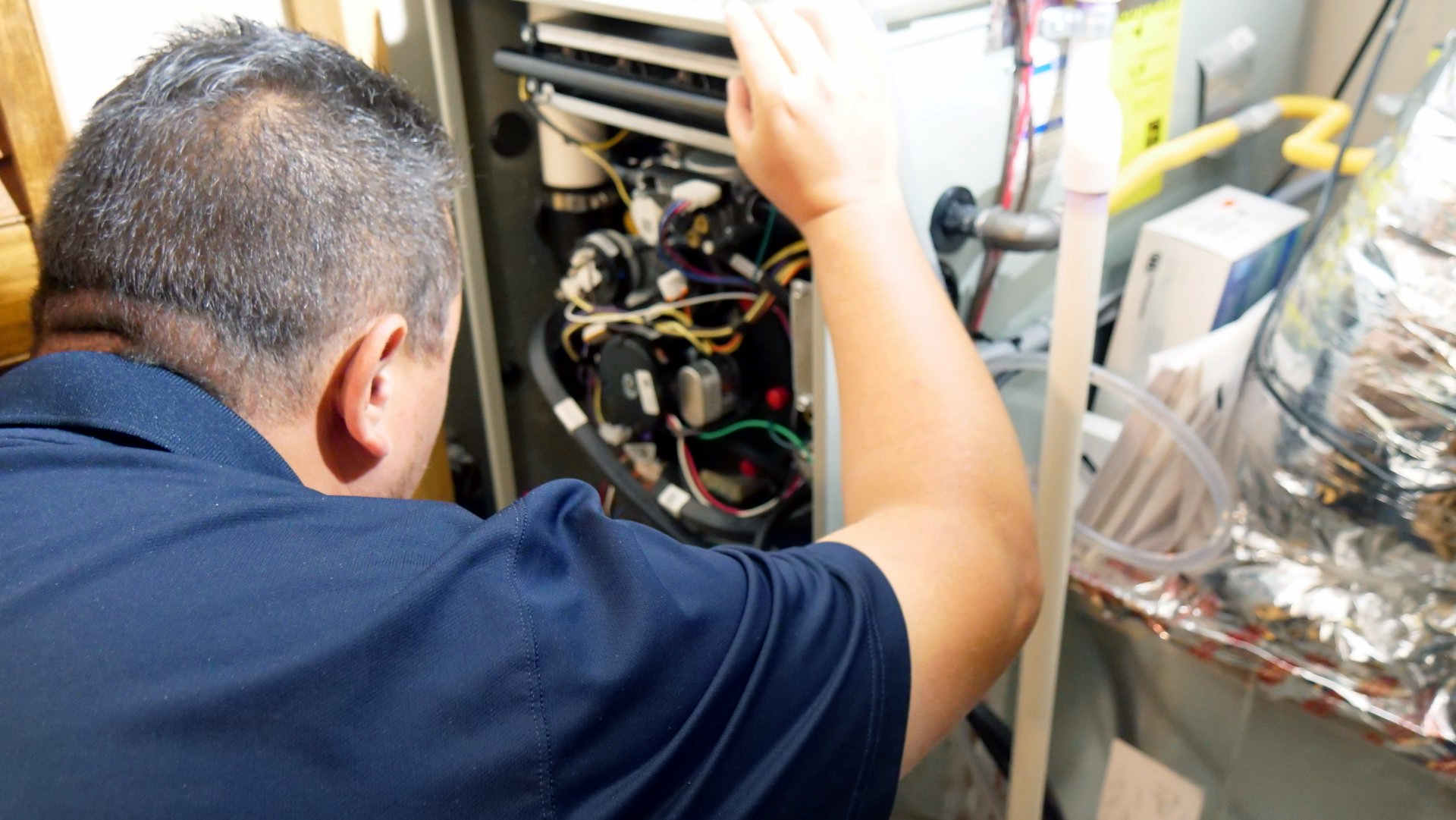
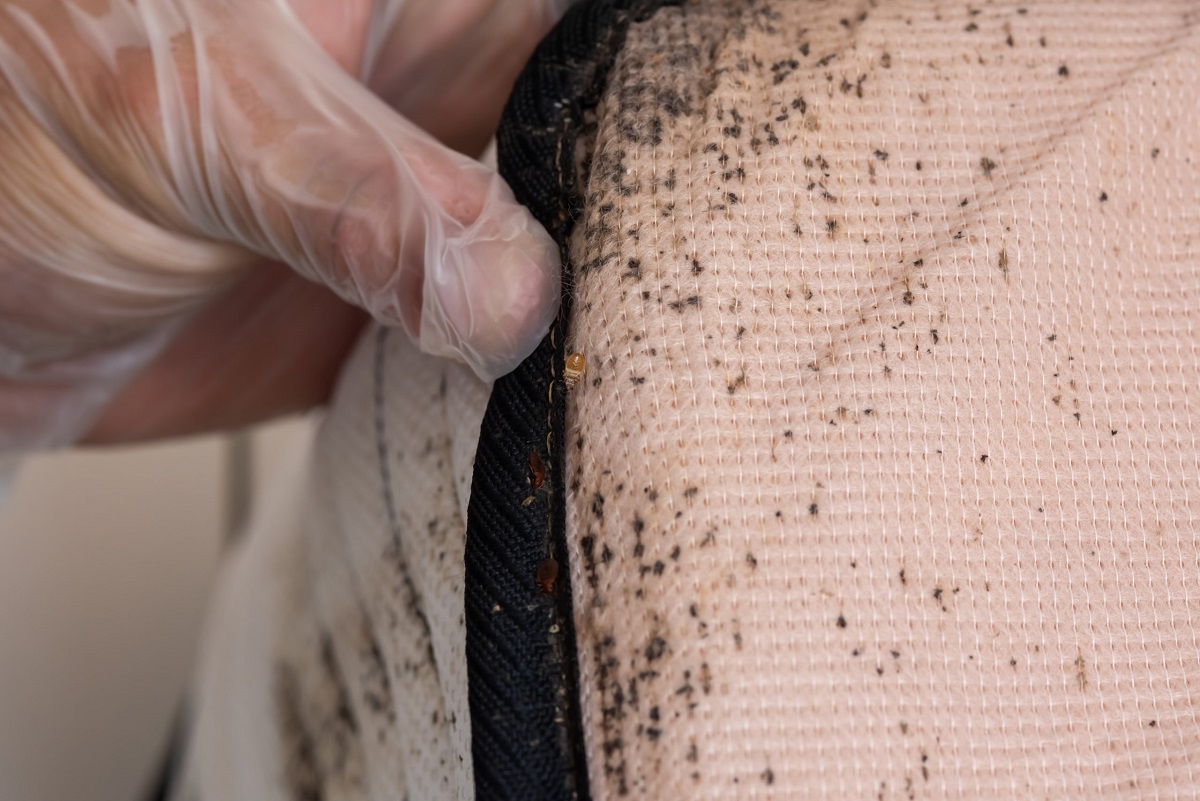
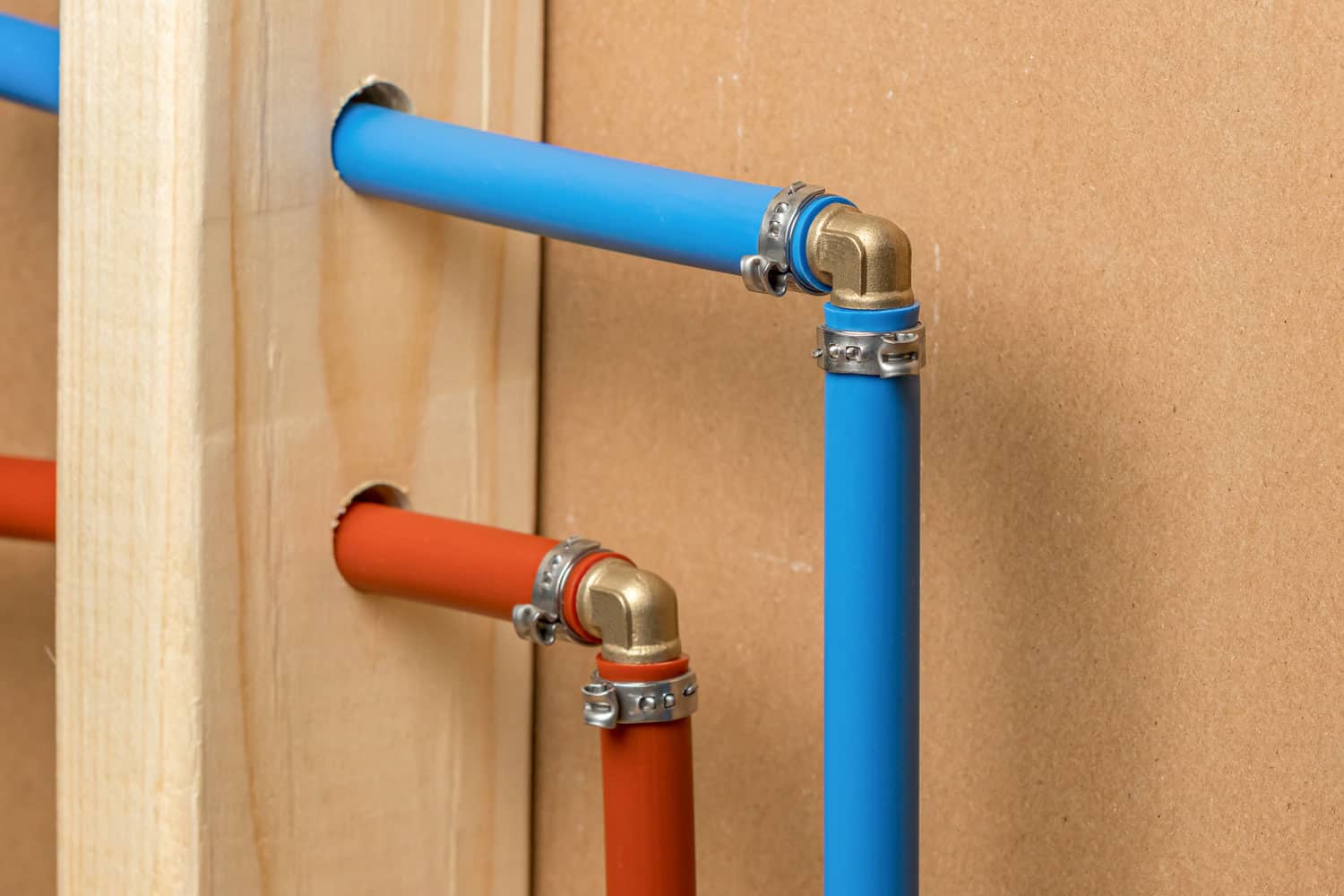
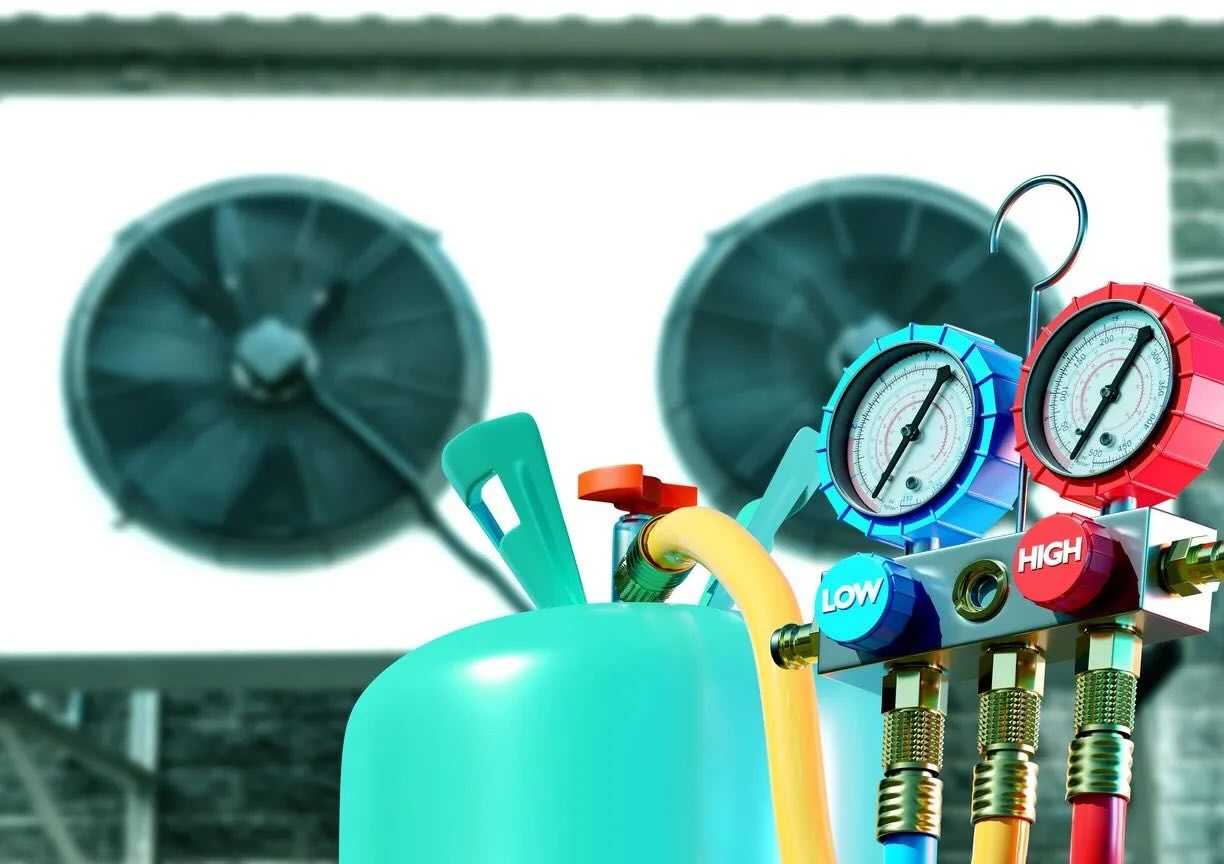

0 thoughts on “How Do Home Inspectors Check Plumbing”